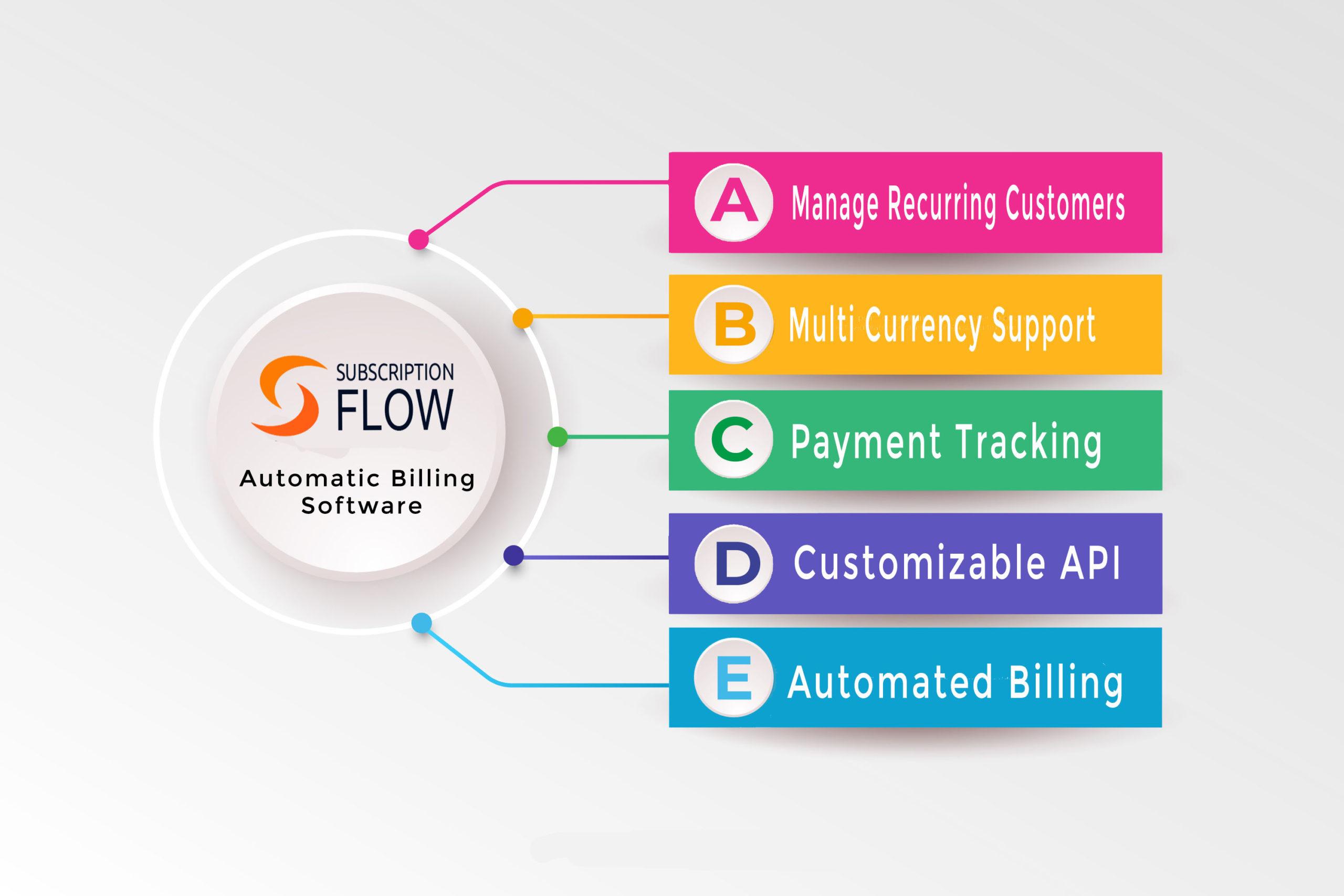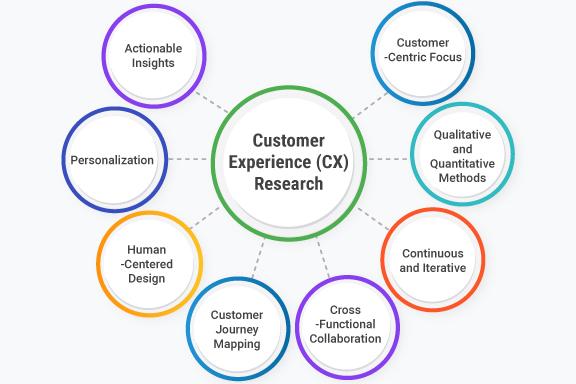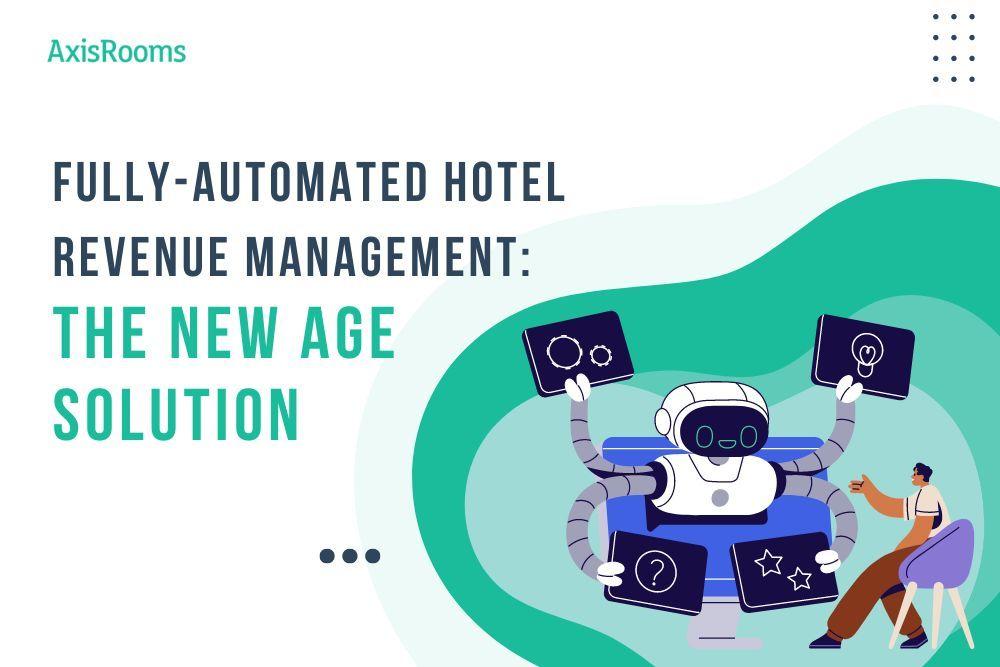In an era where subscription models dominate the software landscape, the importance of efficient billing processes cannot be overstated. As Software as a Service (SaaS) providers strive to enhance customer experiences while simultaneously optimizing their operational efficiencies, the traditional methods of invoicing are swiftly becoming relics of the past. Enter automated billing—a powerful ally poised to revolutionize revenue management in the SaaS sector. This article explores the transformative potential of automated billing solutions, examining how they can streamline revenue cycles, reduce administrative overheads, and ultimately foster a seamless connection between service providers and their customers. As we venture into this evolving landscape, we will uncover the pivotal role that automation plays in shaping the future of revenue for SaaS companies, paving the way for a more agile and responsive business model.
Understanding the Shift Towards Automated Billing Solutions
The transition towards automated billing solutions reflects a broader trend in the SaaS industry, driven by the need for efficiency and accuracy. Businesses are increasingly recognizing that manual billing processes not only consume valuable resources but also introduce the risk of errors that can undermine customer trust. Implementing automated billing allows companies to streamline operations and focus on their core competencies while ensuring a consistent and reliable revenue stream. Key benefits include:
- Improved Accuracy: Automation minimizes human error, leading to more precise invoicing.
- Time Savings: Automated systems reduce the time spent on billing tasks, freeing up employees for strategic initiatives.
- Scalability: As a business grows, automated solutions can easily adjust to increasing transaction volumes without additional strain.
Moreover, the shift towards automated billing correlates with advancements in technology, such as AI and machine learning, which are enhancing the capabilities of billing software. Companies can now leverage analytics to better understand payment patterns and customer behavior, allowing for tailored pricing strategies that boost customer retention. Consider the following table highlighting key technological advancements:
| Technology | Impact on Billing |
|---|---|
| AI-Powered Analytics | Provides insights for personalized billing strategies. |
| Cloud Computing | Ensures seamless access to billing systems from anywhere. |
| API Integrations | Facilitates connectivity with other business tools for efficiency. |

Enhancing Customer Experience Through Seamless Payment Processes
In today’s fast-paced digital world, customers expect transactions to be as smooth and efficient as possible. By adopting advanced payment technologies, businesses can significantly enhance user satisfaction, leading to higher retention rates and increased sales. Implementing automated billing systems means that customers can enjoy instant access to services without the hassle of tedious invoicing. This eliminates common pain points associated with traditional payment methods, creating a frictionless experience that caters to the evolving expectations of consumers.
To further optimize customer interactions, companies should focus on integrating multiple payment options, ensuring that users can select their preferred method with ease. A variety of choices can include:
- Credit and Debit Cards
- Digital Wallets
- Bank Transfers
- Subscription Billing
Additionally, providing clear, accurate billing information not only fosters transparency but also builds trust with customers. Here’s a brief table illustrating key benefits:
| Benefit | Description |
|---|---|
| Convenience | Automatic billing reduces manual intervention and related errors. |
| Time-Saving | Quick transactions enhance user experience and satisfaction. |
| Security | Advanced encryption methods protect sensitive customer data. |

Best Practices for Implementing Automated Billing in SaaS
To effectively implement automated billing in your SaaS business, it’s essential to prioritize accuracy and reliability in your billing system. Begin by ensuring your billing process is tightly integrated with your customer relationship management (CRM) and accounting platforms. This will create a seamless flow of information, minimizing the risk of errors associated with manual data entry. Additionally, conducting regular audits of your billing outputs can help identify inconsistencies and rectify them before they affect customer satisfaction.
Furthermore, offering flexible billing options can significantly enhance your customer experience. Provide various payment methods, such as credit cards, digital wallets, and ACH transfers, to accommodate different customer preferences. Consider implementing metrics that allow for easy upgrades, downgrades, or cancellations within the subscription model. Implementing a transparent notification system for billing cycles and upcoming charges will not only build trust but also reduce the number of inquiries related to billing disputes.
| Best Practice | Description |
|---|---|
| Integration with CRM | Link your billing system to customer records for real-time updates. |
| Regular Audits | Conduct routine checks to maintain data accuracy. |
| Flexible Payment Methods | Support various payment options to enhance user convenience. |
| Transparent Notifications | Keep customers informed about their billing status and cycles. |

Navigating Compliance and Security in Automated Revenue Management
In the rapidly evolving landscape of Automated Revenue Management (ARM), ensuring compliance and security is paramount. SaaS businesses are often required to navigate a complex web of local, national, and international regulations that govern financial transactions. To successfully manage compliance, organizations should focus on establishing a strong operational framework that includes:
- Regular audits: Conducting routine checks to ensure that processes align with compliance standards.
- Employee training: Equipping staff with the knowledge to understand compliance requirements.
- Utilizing compliance management software: Implementing tools that can automate tracking and reporting processes.
Simultaneously, security measures must be integrated into the ARM process to protect sensitive data from breaches. Organizations can enhance their security posture by emphasizing:
- Data encryption: Ensuring all financial data is encrypted both at rest and in transit.
- Access controls: Implementing stringent access management protocols to limit data exposure.
- Incident response plans: Developing a robust strategy for addressing potential security breaches quickly and effectively.
| Compliance and Security Measures | Description |
|---|---|
| Audit Frequency | Quarterly or Bi-Annual |
| Staff Training Sessions | Monthly Workshops |
| Encryption Standards | AES-256 for Data Security |
The Conclusion
As we stand on the threshold of a new era in the landscape of Software as a Service, the integration of automated billing systems presents an opportunity not just for efficiency, but for reimagining the customer experience. Streamlining revenue through these innovative solutions is not merely about cutting costs; it’s about nurturing relationships, enhancing transparency, and empowering businesses to focus on what truly matters—their core mission.
In the coming years, we can expect the evolution of billing processes to introduce even more sophisticated tools that leverage artificial intelligence and machine learning, ultimately transforming the financial fabric of SaaS. As the complexities of customer expectations continue to grow, organizations that embrace these advancements will be well-positioned to thrive in an increasingly competitive marketplace.
So, as we look forward to the future of automated billing, let us embrace the changes ahead with an open mind and a strategic approach. The path to streamlined revenue is paved with innovation, collaboration, and a commitment to excellence. Those who adapt will not only survive but thrive, creating value for their customers and stakeholders alike in this ever-evolving digital landscape. The future is bright, and it’s time to seize it.



